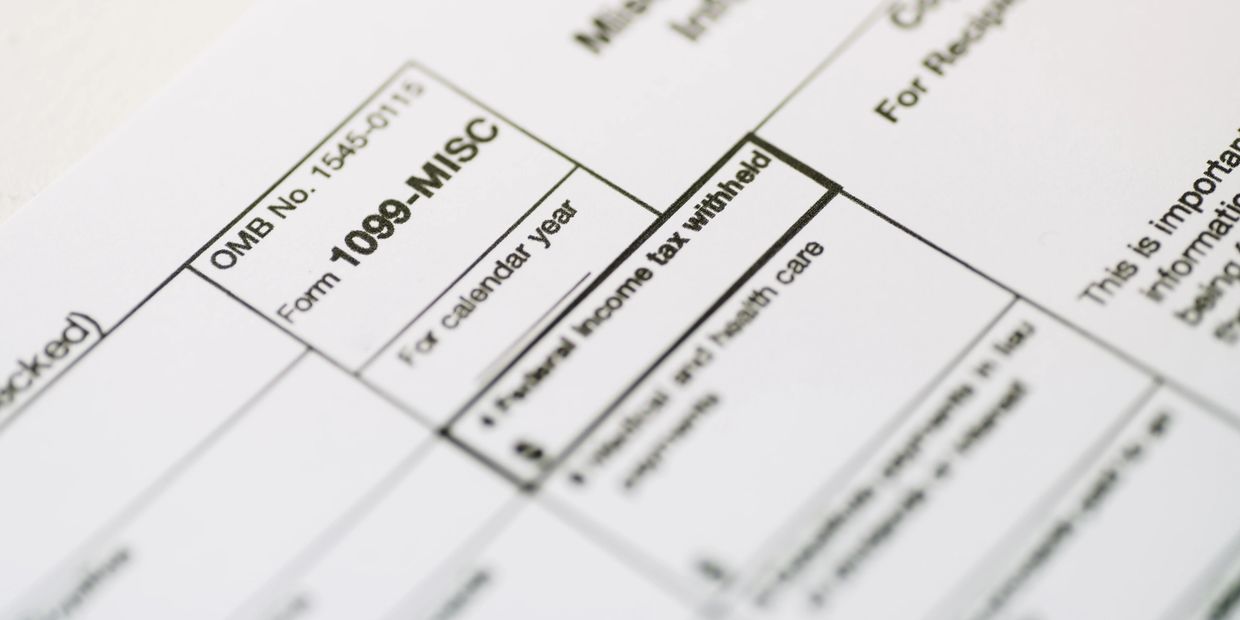Proving your cash flow as a business owner, contractor, freelancer, or gig worker can require more paperwork than for W-2 employees. However, as long as you meet loan guidelines and can document steady, reliable cash flow, being self-employed should not stop you from buying a home or refinancing. The 1099 program allows you to document and prove your income by simply submitting 1 or 2 years of 1099 statements. Even workers who consistently experience gaps in employment can qualify with the 1099 program provided their earnings are ongoing and the gaps are fairly consistent with non-gap periods over a 2 year period. So for example, seasonal workers would fit well with this program.
PROOF OF SELF EMPLOYMENT
Borrowers’ who have a 2-year history of receiving 1099 income or have converted recently from W2 to 1099 and have at least 1 year of receiving 1099 in the same line of work may utilize this program. Self-employment history must be verified with one of the following:
- CPA/Tax preparer letter verifying a 2-year employment history with the current 1099 employer; OR
- Letter from the 1099 employer verifying 2-year 1099 contractor employment history
NOTE:
An exception may be allowed for borrowers who recently converted from wage income (i.e. W-2) to 1099 income with the same employer if the borrower can prove a two-year continuous employment history with the same employer. The job duties for the borrower should not have changed in any way. In these instances the following will be required:
- 2 months proof of 1099 income along with proof of income from the two previous years.
- 30 days of paystubs;
- last 2 years W2’s/1099’s
- A written verification of employment from the employer
INCOME CALCULATION
Qualifying income is based on the 1099(s) provided minus an expense ratio of 15% - 25% using one of the methods described below. If two years of 1099s are provided, a 24-month average of your net income (Gross Receipts minus Expense Ratio) will be utilized if your gross receipts are stable or increasing. A 12-month average of net income will be utilized if your gross receipts are declining. Year to date gross receipts should support the 1099s supplied and relied upon to qualify.
You can choose any one of the following methods to calculate your income:
Method One - Uniform Expense Factor: Apply a 15% - 25% expense factor to all eligible gross receipts. So long as this expense ratio is reasonable to your line of work and provides you with enough income to qualify, no further information is required.
Method Two - Profit and Loss Statement: Provide a CPA, or licensed tax preparer prepared profit and loss statement (P&L) covering the most recent one or two calendar years, depending on the 1099s provided. As long as the gross receipts on the 1099s support at least 90% of the gross receipts listed on the P&L, you can use the net income on the P&L for qualifying income. The resulting income should be reasonable to your line of work.
Method Three - CPA Letter for Expense Ratio: Provide a CPA, or licensed tax preparer letter stating the your expense ratio based on your most recent year’s tax return. The letter may not include any exculpatory language. Multiply the expense ratio by the gross receipts shown on the 1099s relied upon for qualification. Deduct that figure from the gross receipts listed on the 1099(s) and use the resulting number to qualify, averaged over the number of months of income provided. The resulting income should be reasonable to your line of work. If two years of 1099s are provided and the gross receipt trend is declining, the income shall be calculated based on the most recent year’s 1099(s) only - minus the stated expense ratio.
Co-Borrower Income: Full documentation from a Co-Borrower who does not rely on 1099s may be used to supplement the 1099 income. So if your spouse is a W-2 employee, their wages can be used in combination with your 1099 income in order to qualify.
Taxable income is counted on a “gross” amount. NonTaxable income may be grossed up by 25%.
Below we will take a look at the required documentation necessary to satisfy the criteria of The 1099 Program. First let's start with some characteristics that are common to 1099 Programs:
ELIGIBLE PROPERTY TYPES
- 1 Unit Properties
- 2-4 Unit Properties
- Condominiums (Both warrantable and non-warrantable)
- Townhouses/Planned Unit Developments
- 2nd Homes
- Investment properties
MINIMUM DOWN PAYMENT PURCHASE TRANSACTION
Your minimum down payment will depend on your credit score as follows:
- 720 or above = 10% down (Condos and 2-4 unit properties may require 15% down.)
- 680 - 719 = 15% down
- 660 - 679 = 20% down
- 640 - 659 = 25% down
- 620 - 639 = 30% down
- 600 - 619 = 40% down

